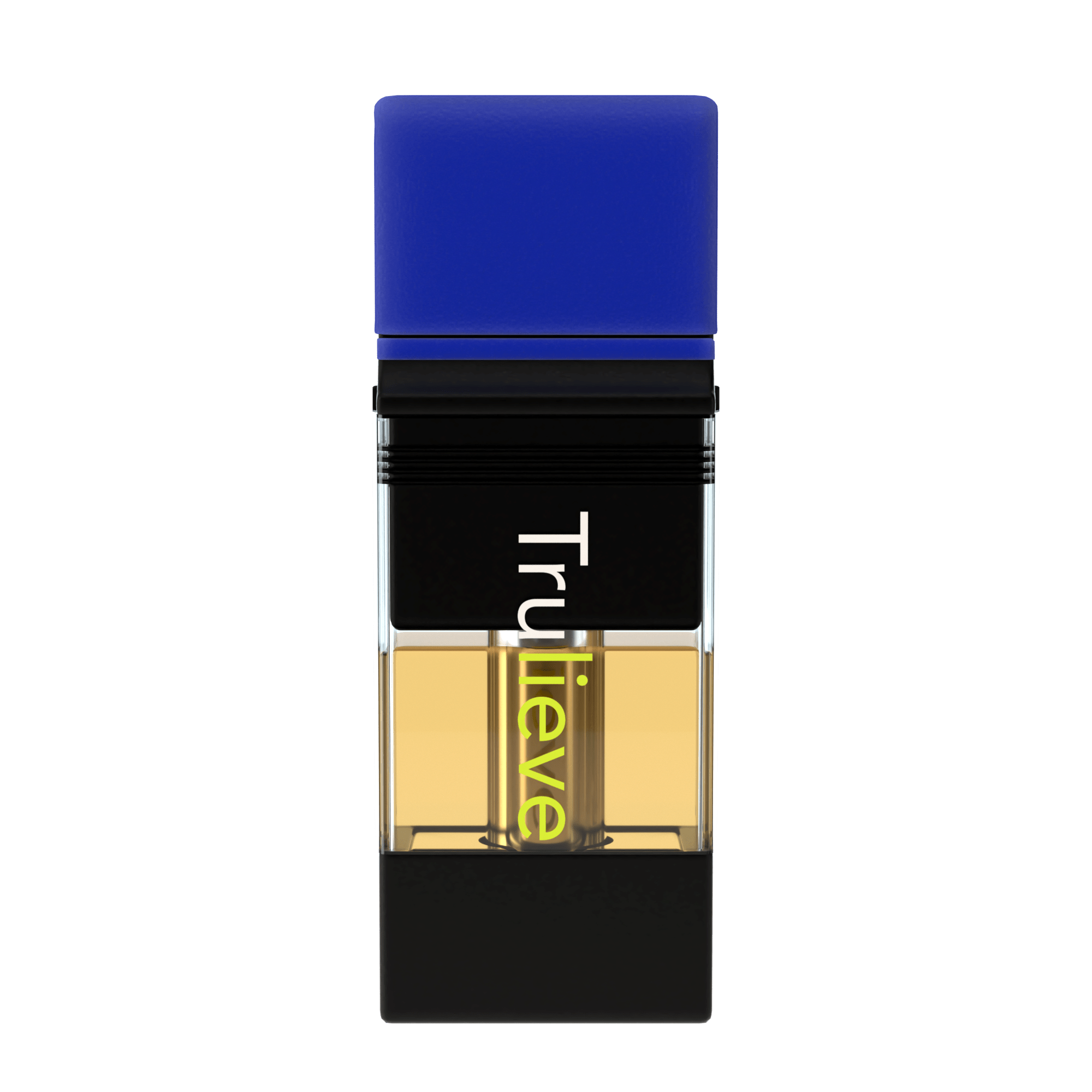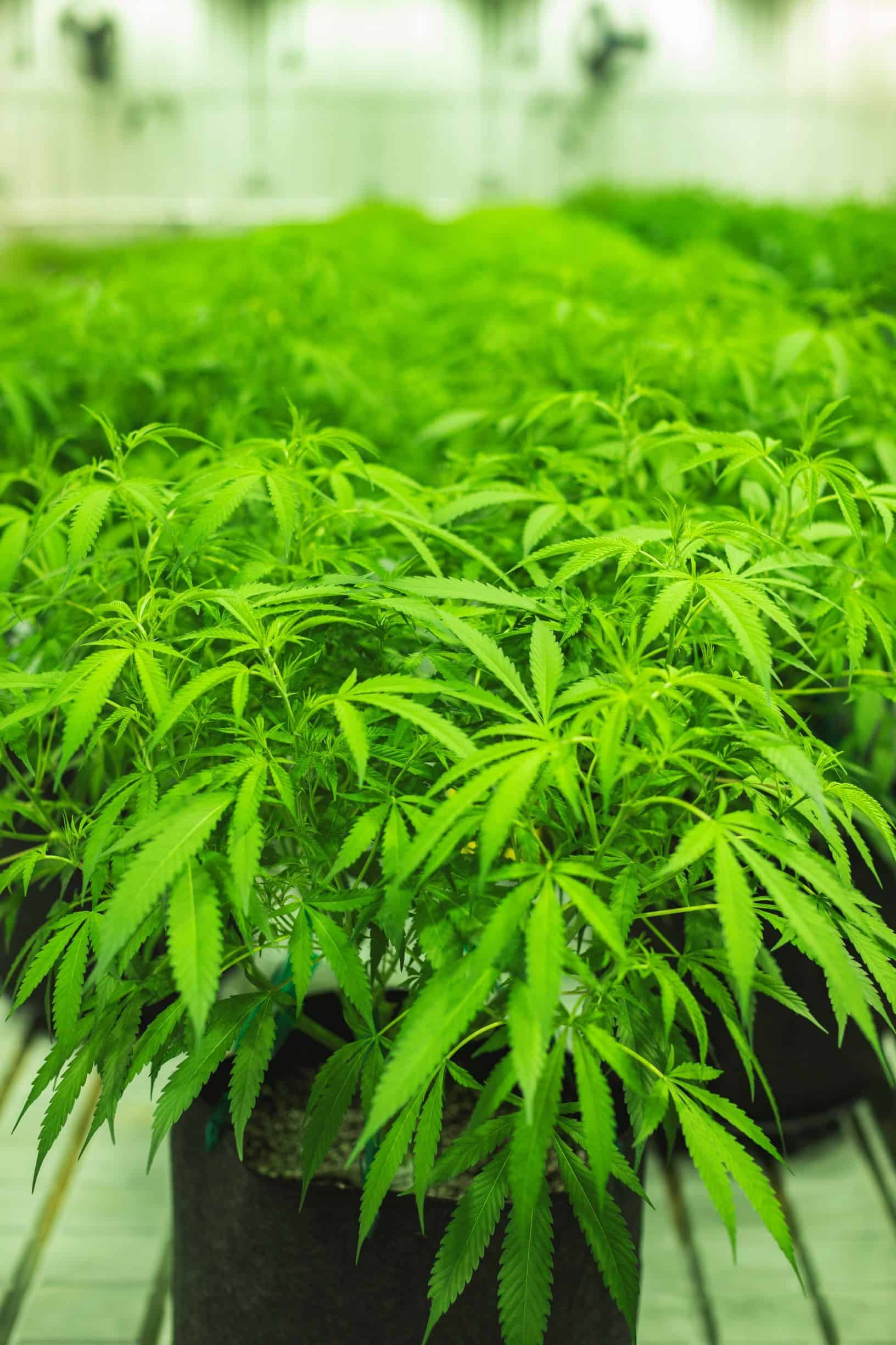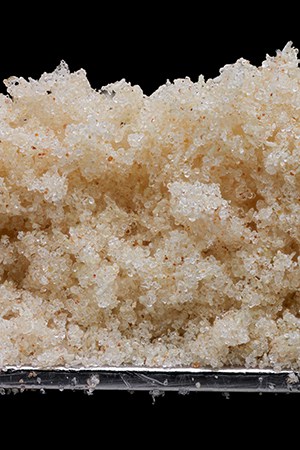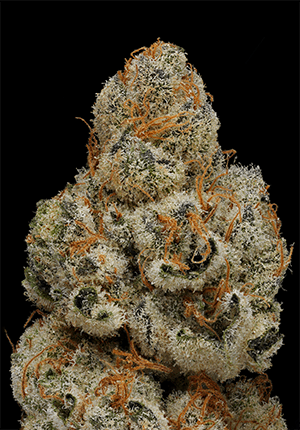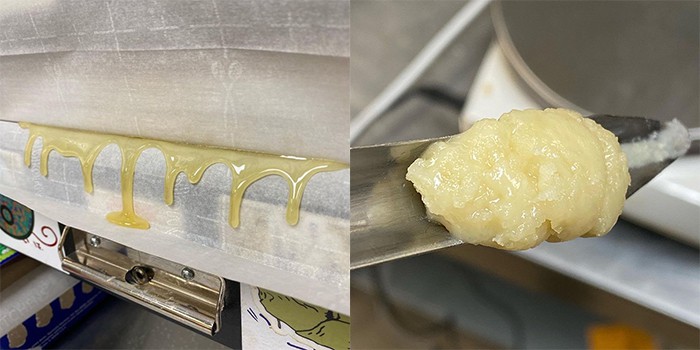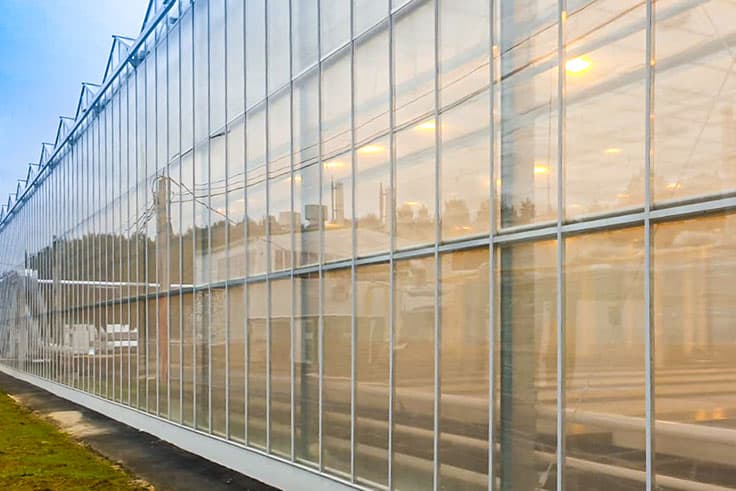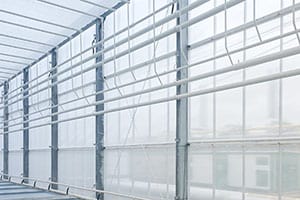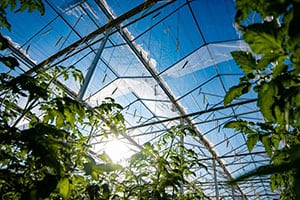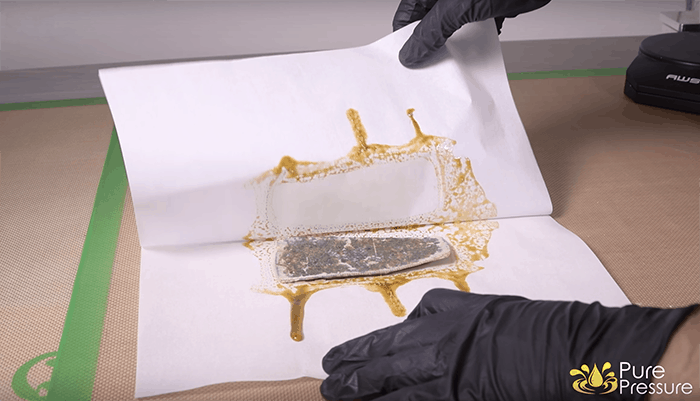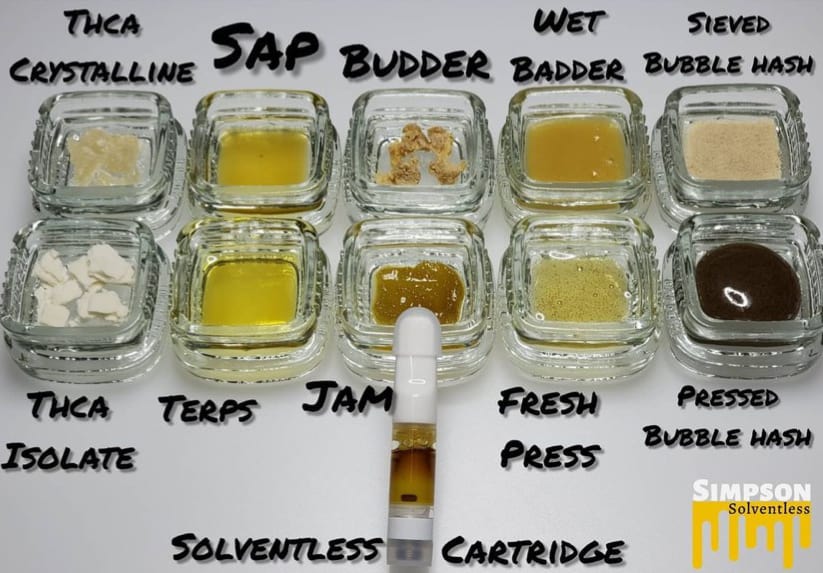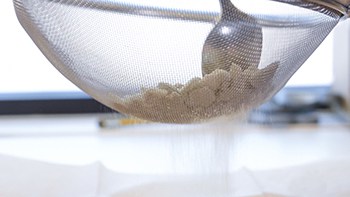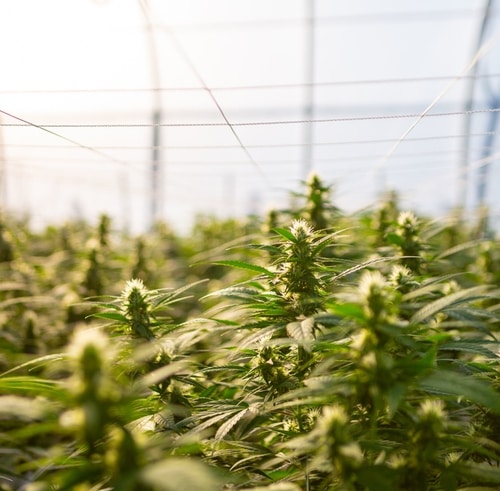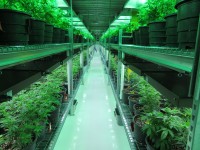<![CDATA[
DENVER, March 18, 2021 – PRESS RELEASE – Growlink is proud to announce the new Growlink TDR Substrate Sensor. In partnership with Acclima, these high-quality time domain reflectometry (TDR) sensors are not only more accurate than the competition, but they last an average of 20 years, providing tremendous value. For more technical information on the quality of TDR sensors, check out this article.
Precision crop steering
Connect up to four TDR sensors and four irrigation valves to the Growlink Smart Irrigation Controller, and easily and seamlessly implement a crop steering program. Use the Growlink App to visualize your data, evaluate rules performance and test new optimizations.
Deliver real-time data wherever and whenever you need it. Easily and automatically steer an entire crop’s growth for consistent crop performance with predictable quality and yield. Enjoy increased productivity as a single grower can manage large facilities and multiple locations from the palm of his or her hand. This is next-level crop steering only from Growlink.
Manual and autonomous mode
Set the amount, frequency and timing of irrigation events to steer growth. Growlink’s learning software enables users to save hours each day combing through data and adjusting irrigation timers, while ensuring the right decisions are made at the right time.
For more information, email Growlink at info@growlink.com.
]]>


